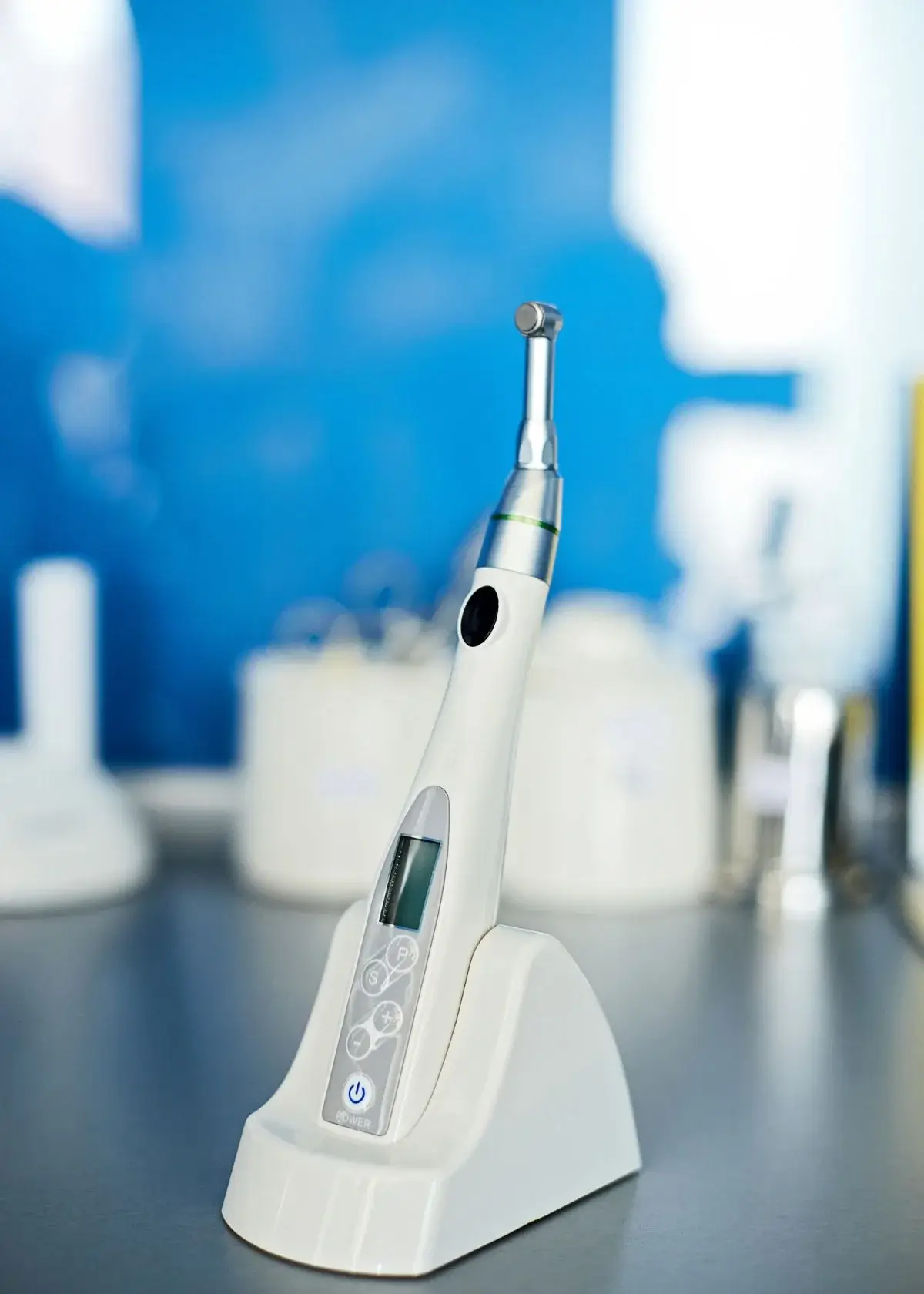Skin tags are common growths that can appear anywhere on your body. They are usually harmless, but people usually want them removed for cosmetic reasons. Skin tags are usually easy to remove, but the problem arises when they start bleeding after removal. Have you recently removed a skin tag and are experiencing bleeding? Don't worry; in this blog post, I'll be sharing some simple tips on how to stop bleeding after skin tag removal.
Apply pressure:
The first thing you should do if you experience bleeding after skin tag removal is to apply pressure. Use a clean cotton ball or a piece of gauze and press it gently against the area that's bleeding. Don't apply too much pressure as it may cause more bleeding. Keep it pressed for at least 15 to 20 minutes until the bleeding stops.
Ice the area:
Once the bleeding stops, it's important to keep the area cool to prevent further bleeding. You can use an ice pack or a bag of frozen peas wrapped in a towel and apply it to the affected area. This will help to reduce swelling and inflammation and prevent further bleeding.
Use a styptic pencil:
A styptic pencil is a handy tool that can help you stop bleeding quickly. It's especially helpful for people who are prone to bleeding or have sensitive skin. Wet the tip of the pencil and apply it to the area that's bleeding. The styptic pencil works by constricting blood vessels and sealing the wound, which helps to stop the bleeding.
Apply a natural remedy:
There are many natural remedies that can help you stop bleeding after skin tag removal. One of them is tea tree oil. Tea tree oil has antiseptic and anti-inflammatory properties that help to prevent infection and reduce inflammation. Apply a small amount of tea tree oil to the affected area using a cotton swab. You can also use honey, which has natural antibacterial properties. Apply a small amount of honey to the area and cover it with a sterile bandage.
Seek medical attention:
If the bleeding doesn't stop or if you start experiencing severe pain or swelling, it's important to seek medical attention. Your doctor may use stitches to close the wound and prevent further bleeding. You may also be prescribed antibiotics to prevent infection.
Skin tag removal is a simple procedure, but bleeding after removal can be a cause for concern. If you experience bleeding after skin tag removal, don't panic. Follow these simple steps to stop the bleeding and prevent infection. You can apply pressure, ice the area, use a styptic pencil, apply a natural remedy, or seek medical attention if the bleeding doesn't stop. Remember to keep the area clean, dry, and covered to prevent infection. With a little bit of patience and care, you can recover quickly and get back to your daily routine.
Beauty lovers, rejoice! Our team of expert beauty editors has conducted extensive research to find you the best skin tag remover on the market. Say goodbye to unsightly and bothersome skin tags and hello to a smoother, blemish-free complexion. Whether you're looking for an all-natural solution or a powerful fast-acting product, we've got you covered. Don't waste any more time feeling insecure about your skin- click the link and discover your new favorite best skin tag remover today!
What are the common misconceptions about skin tag removal?
Misconceptions regarding skin tag removal are prevalent, often leading to unnecessary worry and confusion. One common misconception is that medical intervention or surgery is necessary. In truth, most skin tags can be safely and effectively eliminated at home using over-the-counter treatments. Another misconception is the fear of skin tags growing back after removal. Although new skin tags may appear over time, proper removal techniques significantly reduce the likelihood of recurrence. Lastly, it is crucial to dispel the belief that skin tags indicate a severe medical condition. These benign growths are typically harmless and unrelated to underlying health issues.
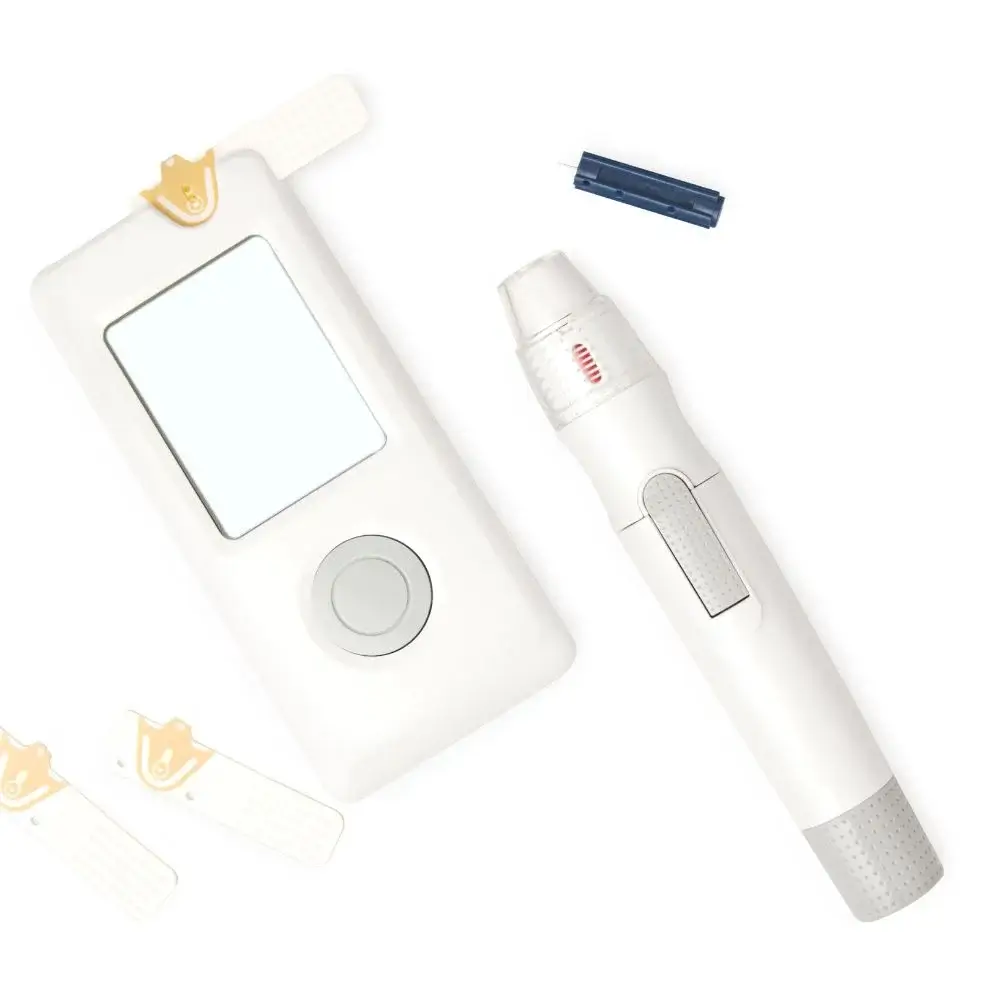
What is the role of genetics in skin tag development?
Genetics plays a pivotal role in developing skin tags, those small, benign growths that commonly appear on the skin. While multiple factors contribute to their formation, emerging research indicates a strong genetic predisposition to developing these skin tags. Individuals may inherit specific genes that make them more prone to developing these growths. However, it is essential to recognize that genetics is only one piece of the puzzle. Other factors, including obesity, hormonal fluctuations, and friction on the skin, also contribute to their occurrence. Understanding the complex interplay between genetics and environmental factors can provide valuable insights into skin tag development.
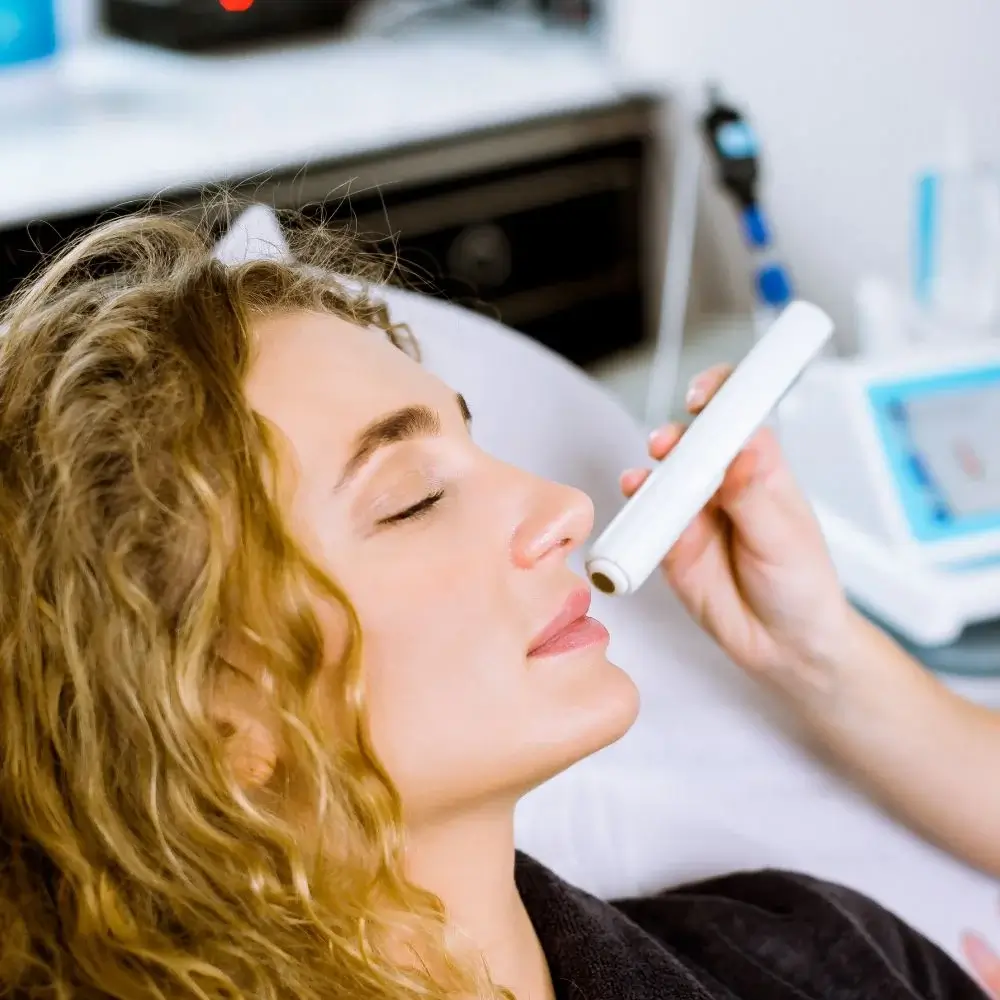
How do I know if a skin tag remover suits my skin type?
When selecting a skin tag remover, ensuring it suits your skin type is crucial. To determine compatibility, carefully examine the product's ingredients. Look for potential allergens or irritants that could adversely affect your skin. Consider your skin's sensitivity level and consult a dermatologist for expert guidance. A patch review is highly recommended before applying the product to a larger area. Observe any adverse reactions, such as redness or itching. Remember, everyone's skin is unique, so understanding your skin type and seeking professional advice will empower you to decide on the most suitable skin tag remover for you.
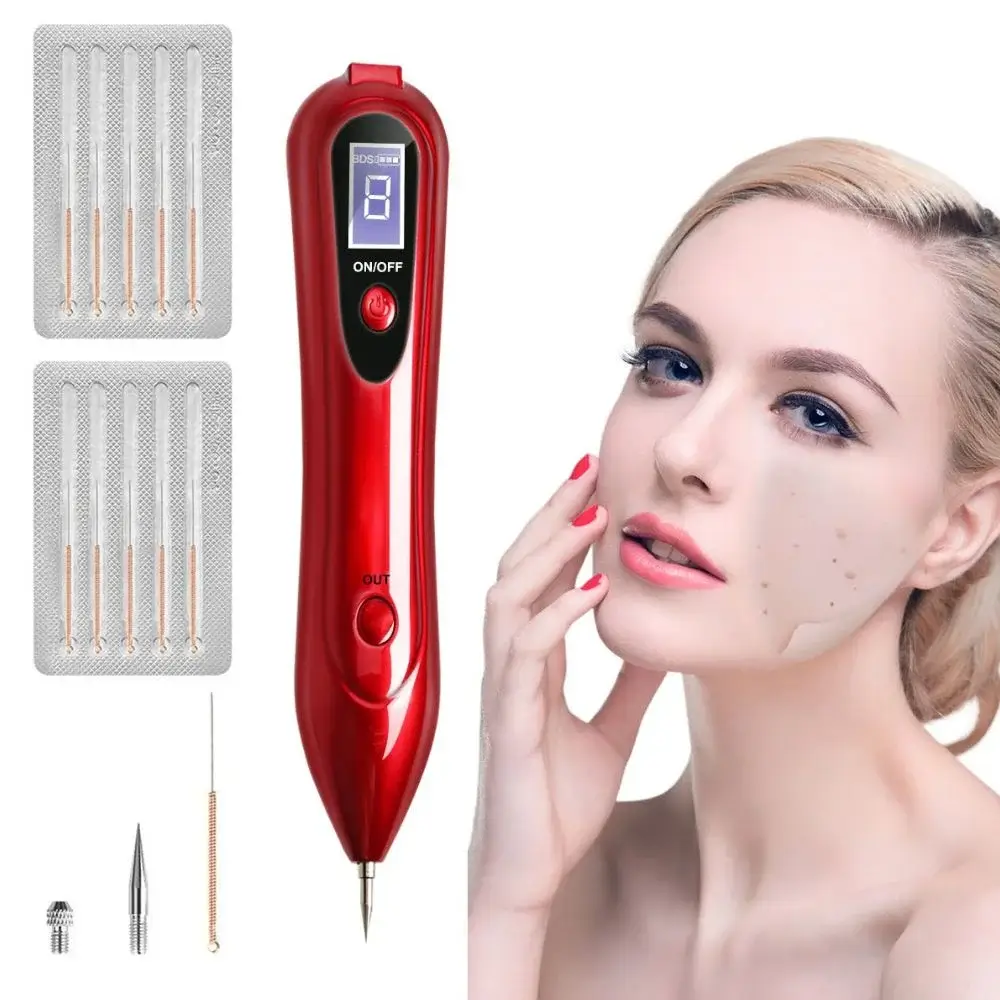
After using a skin tag remover, how do I care for the treated area?
After utilizing a skin tag remover, it's crucial to provide the utmost care for the treated area to facilitate healing and minimize the risk of infection. Begin by ensuring the area remains clean and dry. Refrain from touching or scratching the treated skin, as doing so may impede healing. To ward off potential infections, gently apply an over-the-counter antibiotic ointment. Safeguard the area by covering it with a sterile bandage or dressing. Should you encounter unusual pain, redness, or swelling, seek guidance from a healthcare professional. Remember, meticulous care promotes optimal healing and diminishes the likelihood of complications.
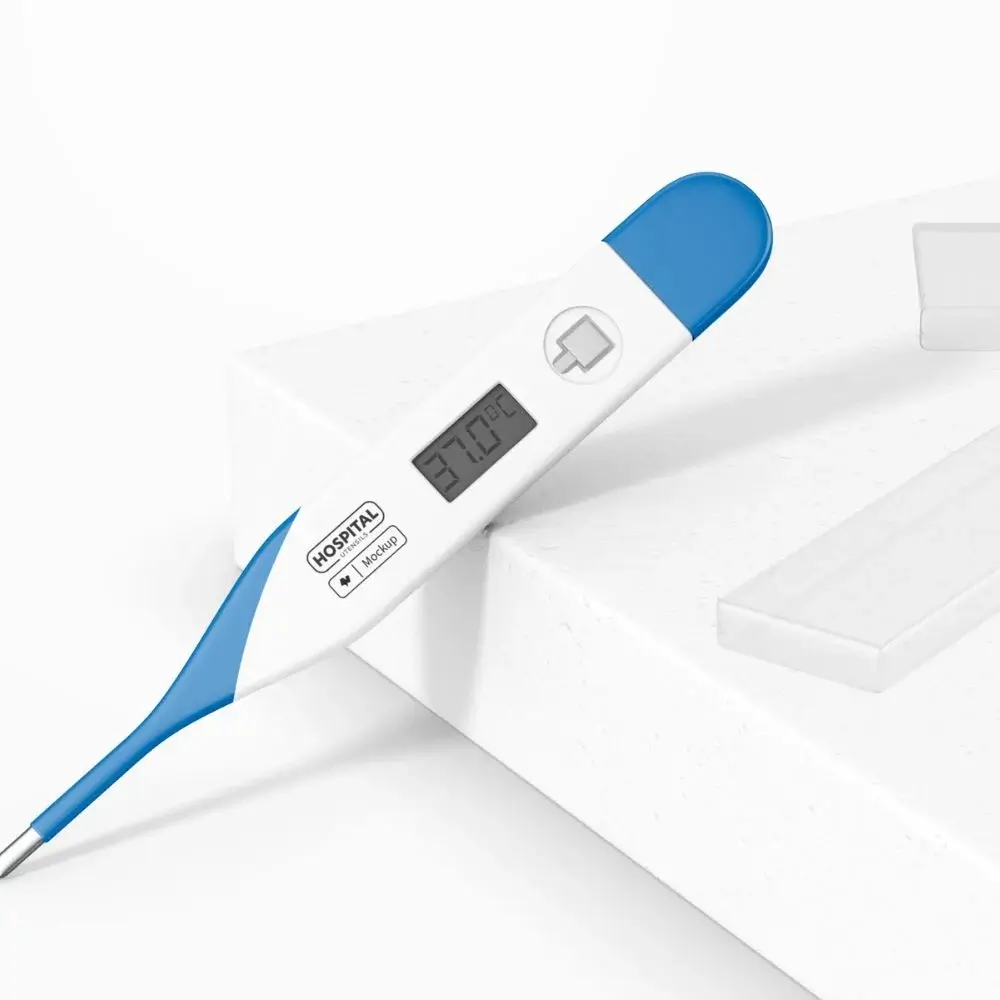
How long do the results of a skin tag remover last?
Skin tags removal methods, such as cryotherapy, cauterization, and ligation, can yield long-lasting results by effectively eliminating the skin tag at its root. However, it's worth noting that individual factors, genetics, and environmental influences can contribute to developing new skin tags over time. To ensure the best outcome, it is recommended to adhere to a proper skincare routine and consult with a healthcare professional for guidance on post-removal maintenance. By adopting a comprehensive approach to skincare, you can enhance the longevity of the results achieved through skin tag removal.
How can I safely remove skin tags at home?
Skin tags, although harmless, can be bothersome. If you prefer to remove them at home, it's crucial to prioritize safety to avoid complications. Follow these steps for a safe and effective removal process: Clean the area with mild soap and water. Next, sterilize sharp scissors or nail clippers using rubbing alcohol. Carefully trim the skin tag at its base, ensuring a clean cut. Apply an antiseptic ointment to the area and cover it with a sterile bandage. For any doubts or concerns, seeking guidance from a healthcare professional is always advisable.


